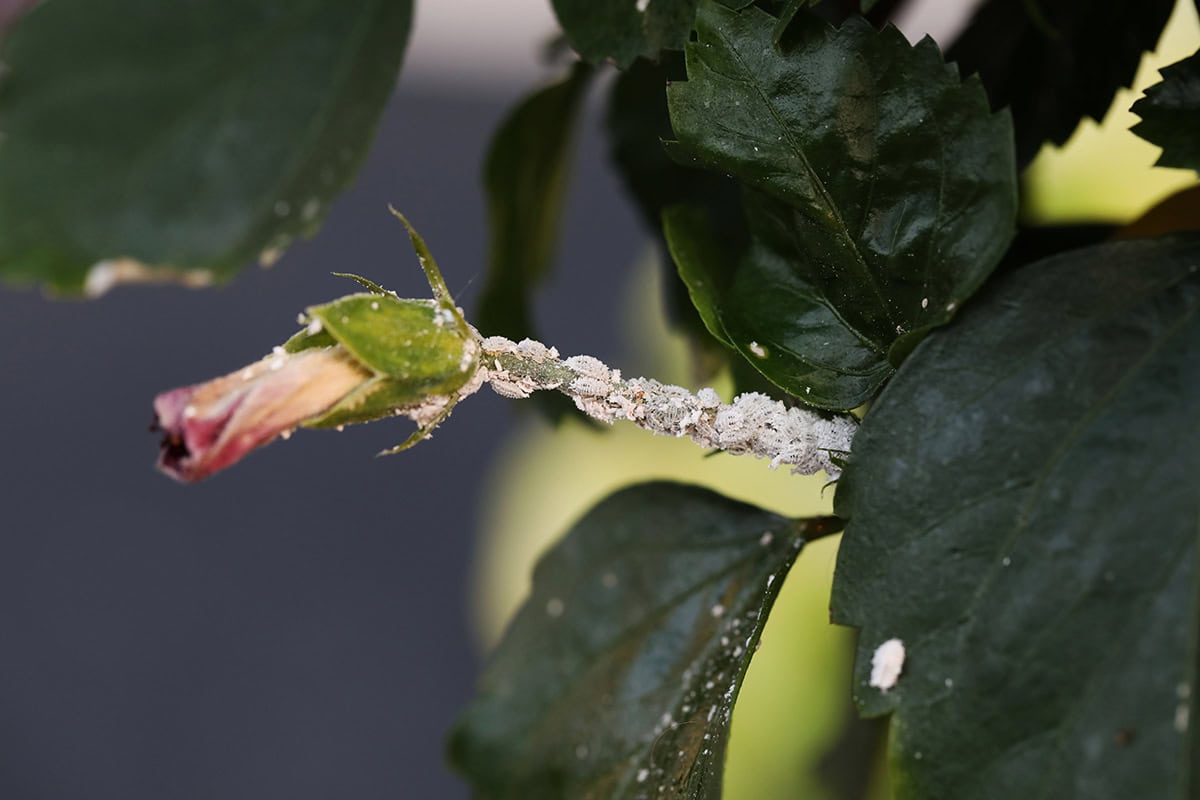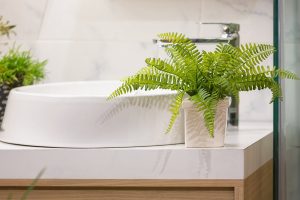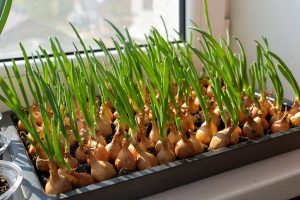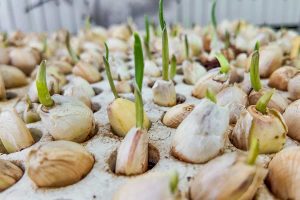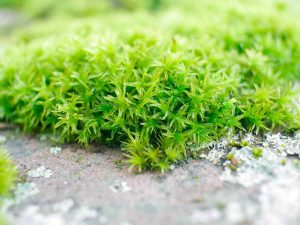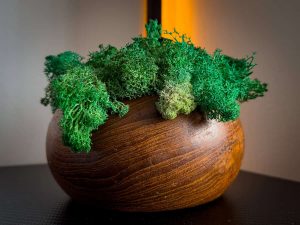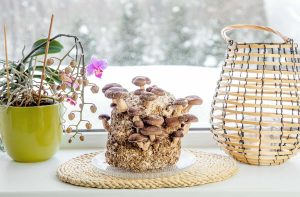Mealybugs may look harmless, but they can do serious damage to your favorite houseplants. The good news? You can eliminate them with a few simple, proven methods that are safe and effective.
Table of Contents
What Are Mealy Bugs?
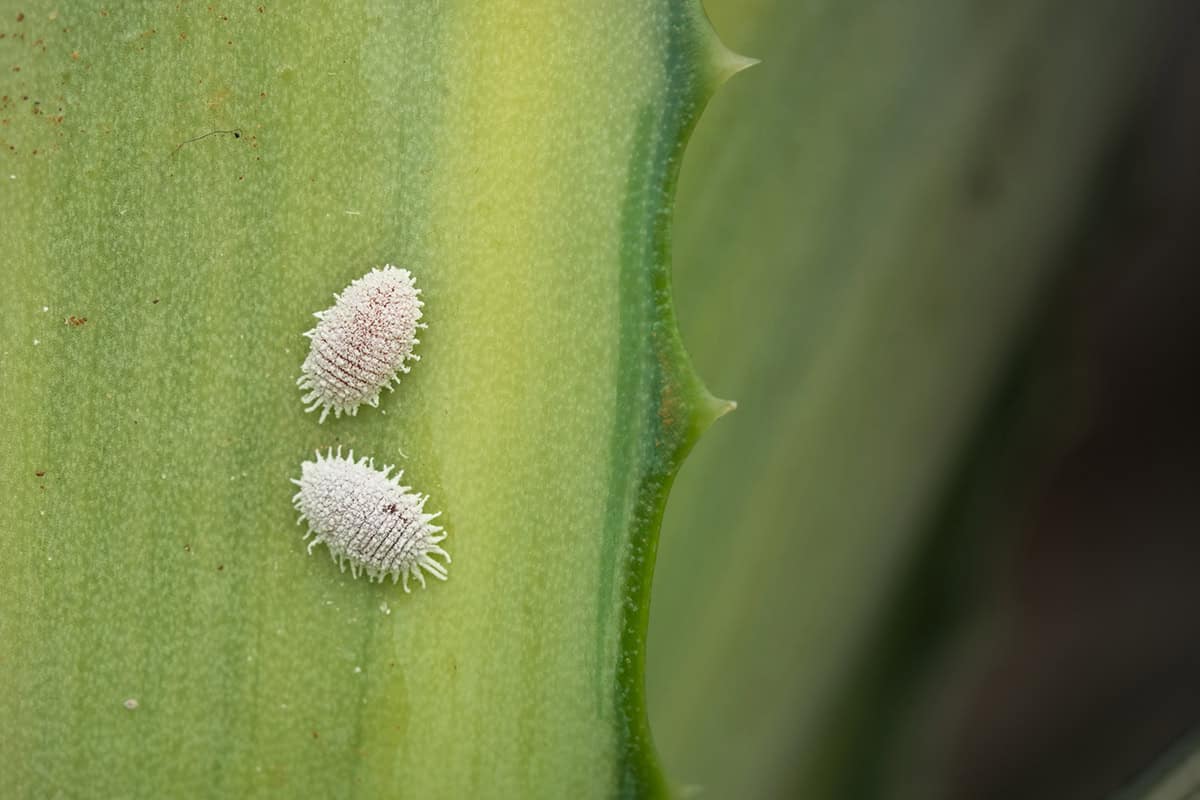
Mealybugs are small, soft-bodied insects that can be a nuisance to houseplants. They appear as white, cottony masses on leaves and stems. These pests feed on plant sap, weakening the plant and causing visible damage.
How to Identify Mealy Bugs
You can spot mealybugs by their distinctive appearance. They are white or light grey and look like small cotton balls. This is a waxy substance that covers their bodies. You’ll often see them clustered on the underside of leaves or in leaf axils.
In addition to their cottony look, mealybugs leave behind a sticky residue known as honeydew. This attracts ants and encourages black sooty mold growth. Alongside honeydew, look for tiny moving insects to confirm their presence.
Signs Your Houseplant Has a Mealy Bug Infestation
One clear sign of mealybug infestation is a decline in plant health. Leaves may yellow or wilt. Growth may also become stunted. The sticky honeydew left by mealybugs can be another hint. Check for this on leaves and surfaces beneath the plant.
Black sooty mold is another indicator. This mold grows on the honeydew and can turn leaves black. You may notice ants around the plant. They are often drawn to the honeydew for nourishment.
Recognizing these signs early can help manage and eliminate mealybug infestations effectively.
What Causes Mealy Bugs on Indoor Plants?
Mealy bugs thrive in certain environments. These pests are often attracted to indoor plants due to a combination of favorable conditions. Understanding these factors can help prevent their occurrence and maintain healthier plants.
Warm, Humid Conditions
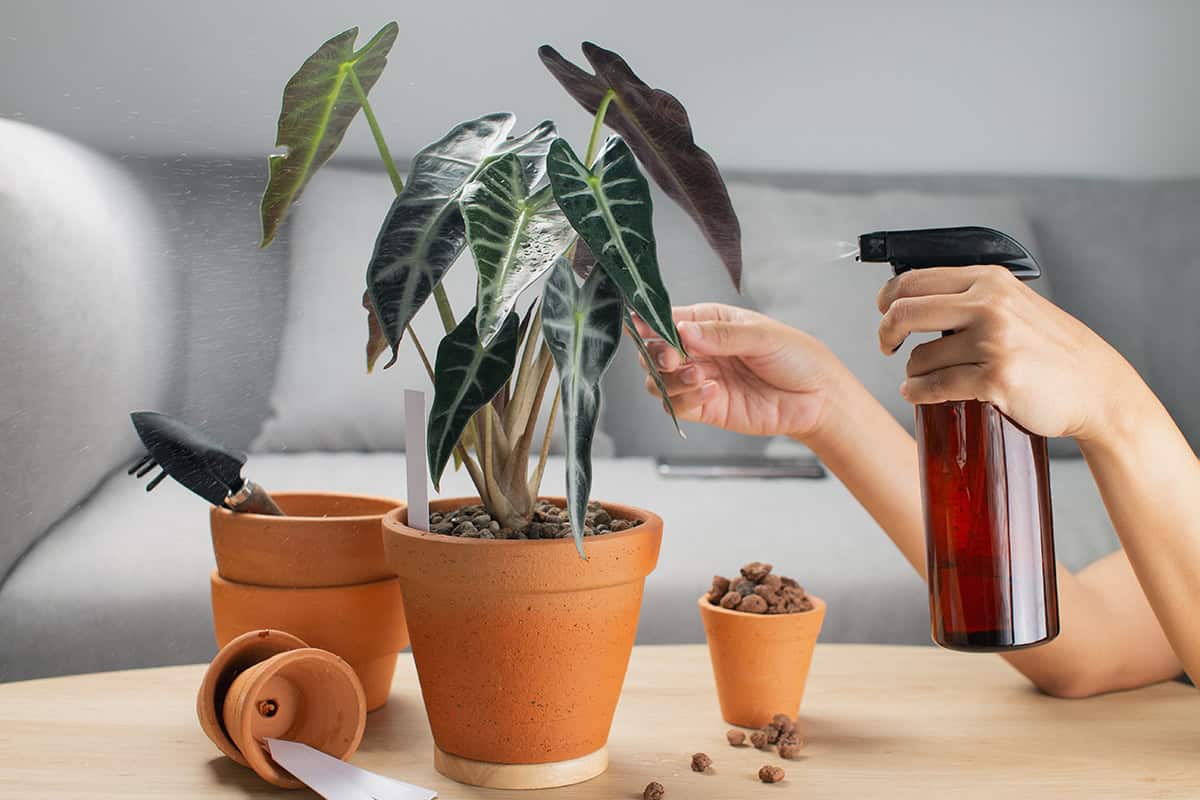
Mealy bugs love warm, humid climates. Indoor plants often replicate these conditions. When you maintain high humidity for plant growth, it inadvertently attracts mealy bugs. They thrive in temperatures ranging from 70°F to 90°F.
Maintaining a slightly cooler and drier environment can deter these pests. If you use a humidifier, monitor it closely. Keeping humidity levels balanced is crucial. Ensure adequate light and airflow around your plants to reduce mealy bug attraction. You might need to adjust humidity levels frequently.
Overfertilizing
Excessive use of fertilizers can encourage mealy bug infestations. Overfertilizing leads to soft, new growth that’s appealing to pests. These bugs feed on the plant’s sap, thriving on nitrogen-rich leaves. Mealy bugs multiply quickly on overfertilized foliage.
Avoid overfertilizing by adhering to recommended amounts and schedules. Use balanced fertilizers suited for your specific plants. Observe plants closely, adjusting fertilization as necessary. Mealy bugs are less likely to inflict damage on properly fertilized plants.
Lack of Air Circulation
Stagnant conditions favor mealy bugs. Indoor environments with poor air circulation can create ideal living conditions for these pests. Limited airflow makes it easier for mealy bugs to settle and multiply. This problem is common in tightly packed plant collections.
Ensure plants are spaced to allow airflow. Use fans to circulate air if natural ventilation is inadequate. Increasing ventilation helps disrupt the mealy bugs’ environment. Regularly check for pests on all plants, even those not showing signs of infestation.
Bringing Infected Plants Indoors
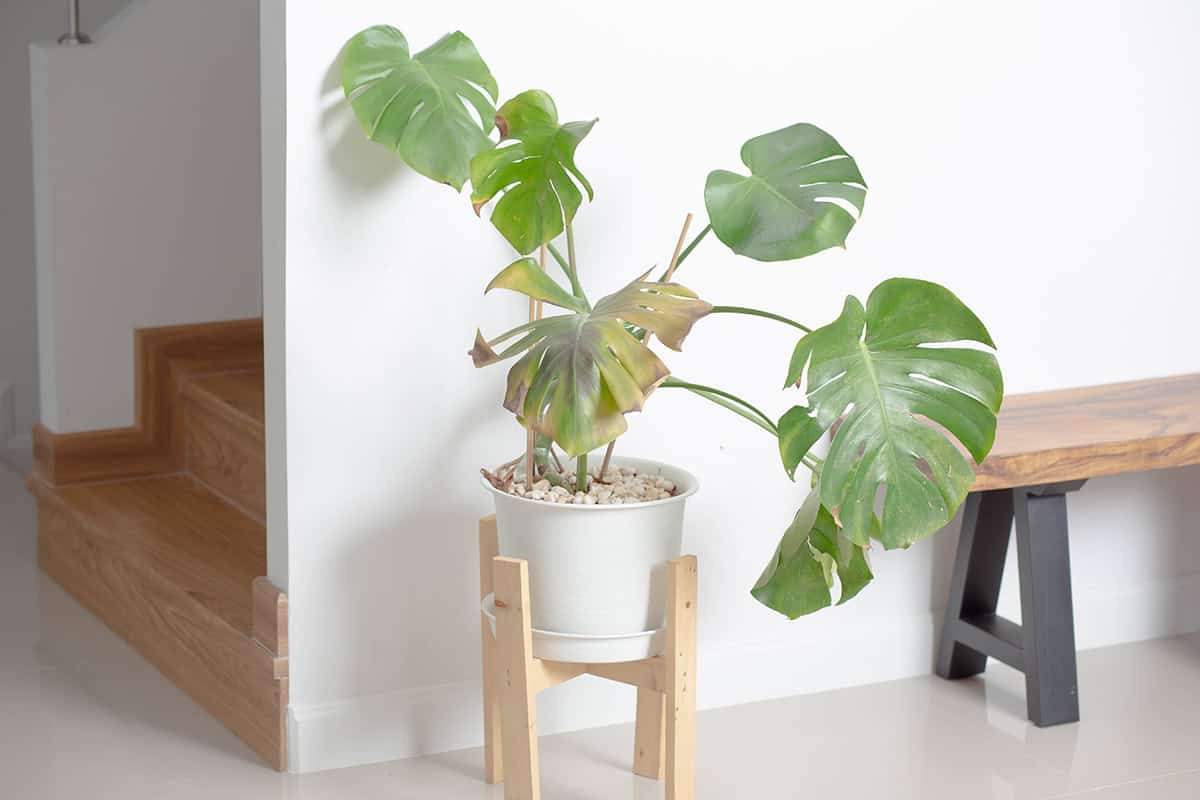
Introducing mealy bugs through infested plants is common. Moving new plants indoors without inspecting for pests can quickly spread mealy bugs. Even a small, unnoticed infestation can escalate rapidly. Mealy bugs hide in leaf joints and pot crevices.
Always examine new plants for signs of infestation before bringing them home. Quarantine new acquisitions for a time to monitor any developments. By carefully integrating new plants with your existing collection, you can prevent unwelcome pest introductions.
Natural Ways to Get Rid of Mealy Bugs
Effectively managing mealybugs on houseplants can involve several natural methods. Using common items like rubbing alcohol, mild soap, or neem oil can help.
Wipe With Rubbing Alcohol on a Cotton Swab
Use isopropyl alcohol mixed with water, not exceeding 70% concentration. Dip a cotton swab in the solution. Gently dab the swab on each mealybug. This method effectively dehydrates and kills the insects on contact.
Be thorough, covering all visible bugs and crevices. This technique is best for light infestations. Reapply every few days until all mealybugs are eliminated. Ensure proper ventilation when using alcohol to avoid inhaling fumes.
Spray With a Mild Soap Solution
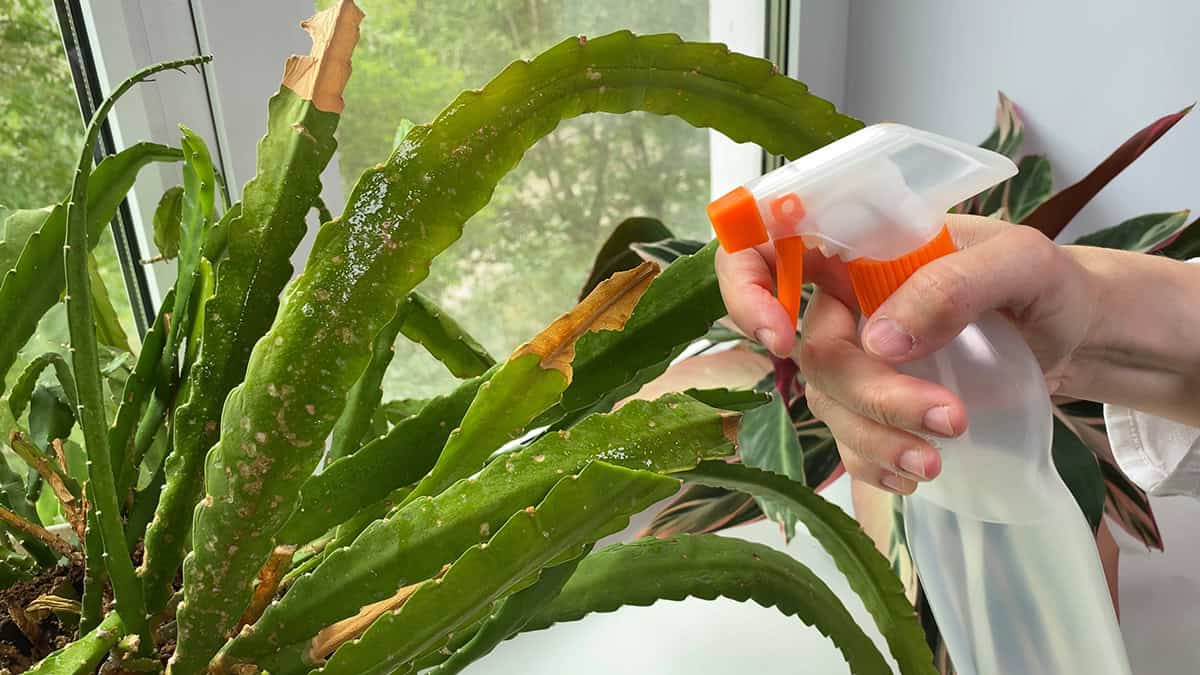
Create a solution using a few teaspoons of mild dish soap per gallon of water. Fill a spray bottle with this mixture. Spray directly onto the plants, covering all affected areas.
The soap breaks down the protective coating on mealybugs, causing them to dehydrate. Make sure to treat both the undersides of leaves and tight spaces. Repeat every few days as needed, and rinse the plant with clean water to prevent soap residue buildup.
Use Neem Oil or Horticultural Oil
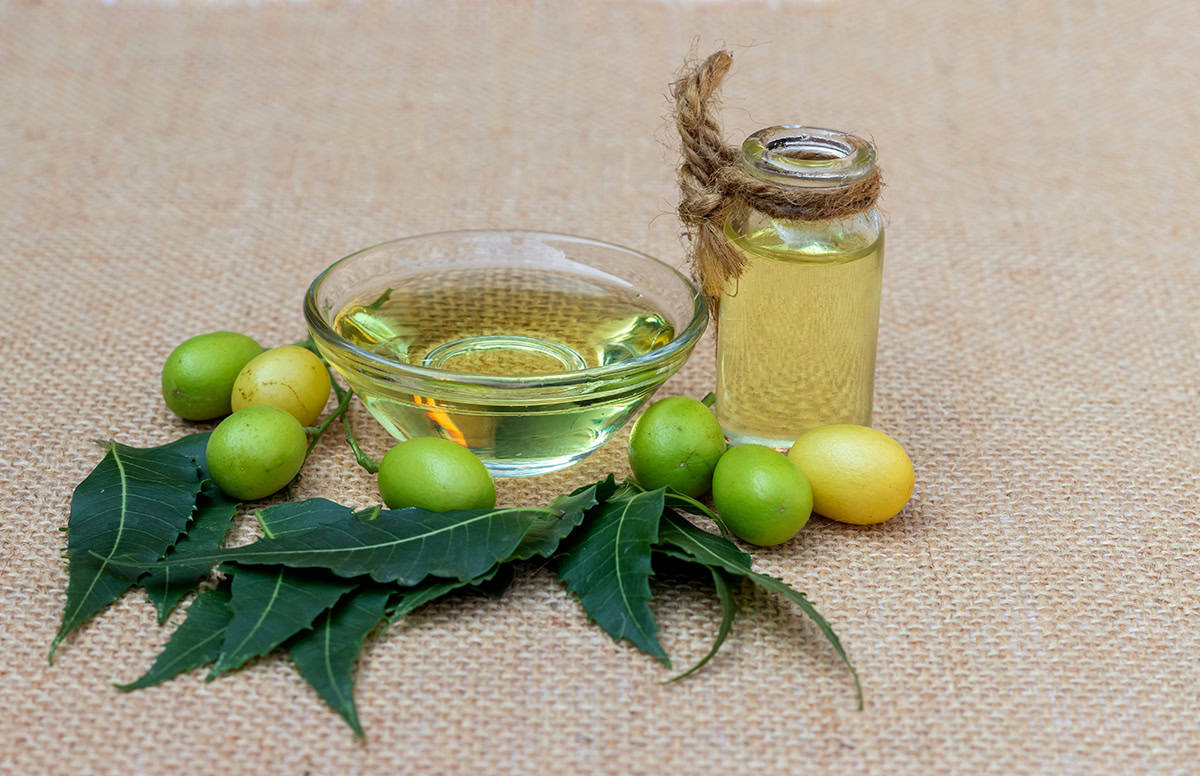
Neem oil is a natural pesticide that disrupts mealybug life cycles. Dilute the oil according to the instructions, usually a few teaspoons per gallon of water. Spray on affected areas, ensuring complete coverage.
Horticultural oils work similarly, suffocating pests. These oils are generally safe for plants but always test a small portion first. Apply in the early morning or late evening to avoid leaf burn from sunlight.
Rinse Plants Under Lukewarm Water
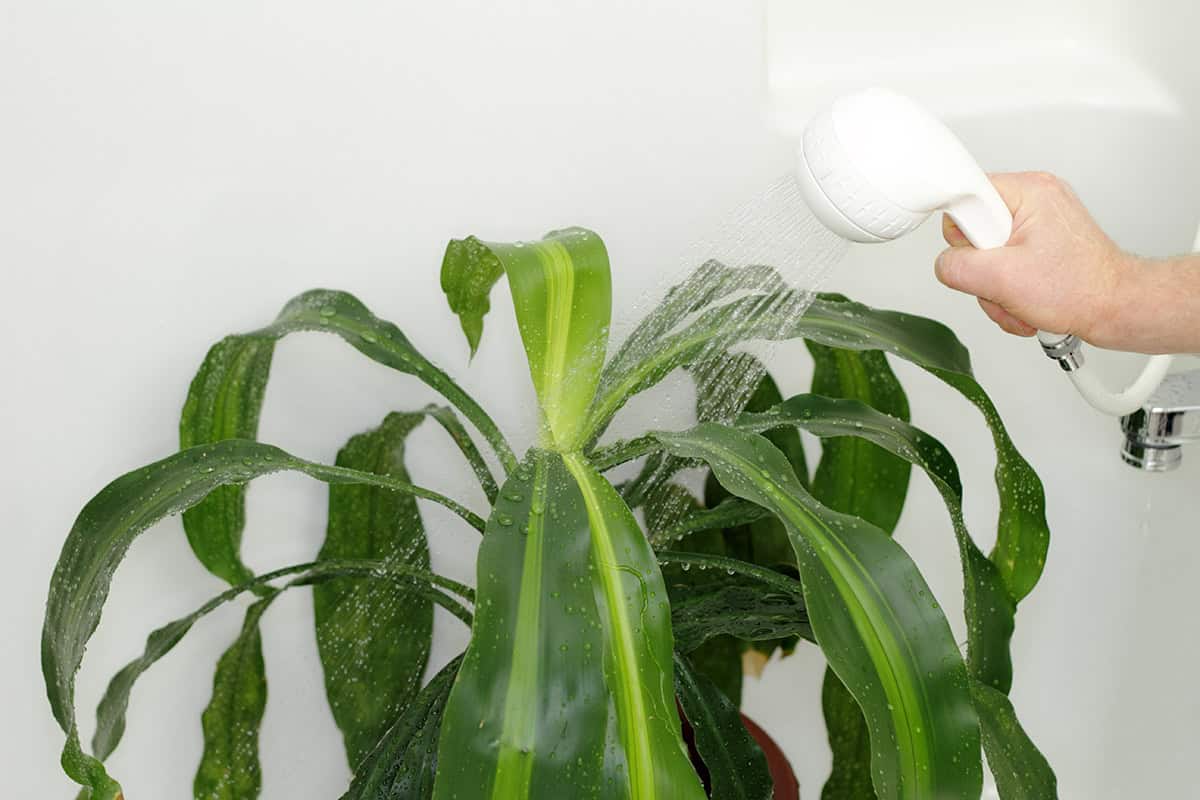
For a simple solution, rinse plants under a gentle stream of lukewarm water. This method helps remove pests and honeydew. Do this over a sink or outdoors, and ensure not to overwater the plant roots.
Rinsing is effective for early-stage infestations. It’s a good complementary practice alongside other treatments. Regularly inspect and rinse the plants until no signs of mealybugs are visible.
Manual Removal Methods
When you want to get rid of mealybugs, manual methods can be effective. You can prune affected parts or use a gentle brush. Isolating the infested plant helps prevent the pests from spreading.
Prune Infested Leaves or Stems
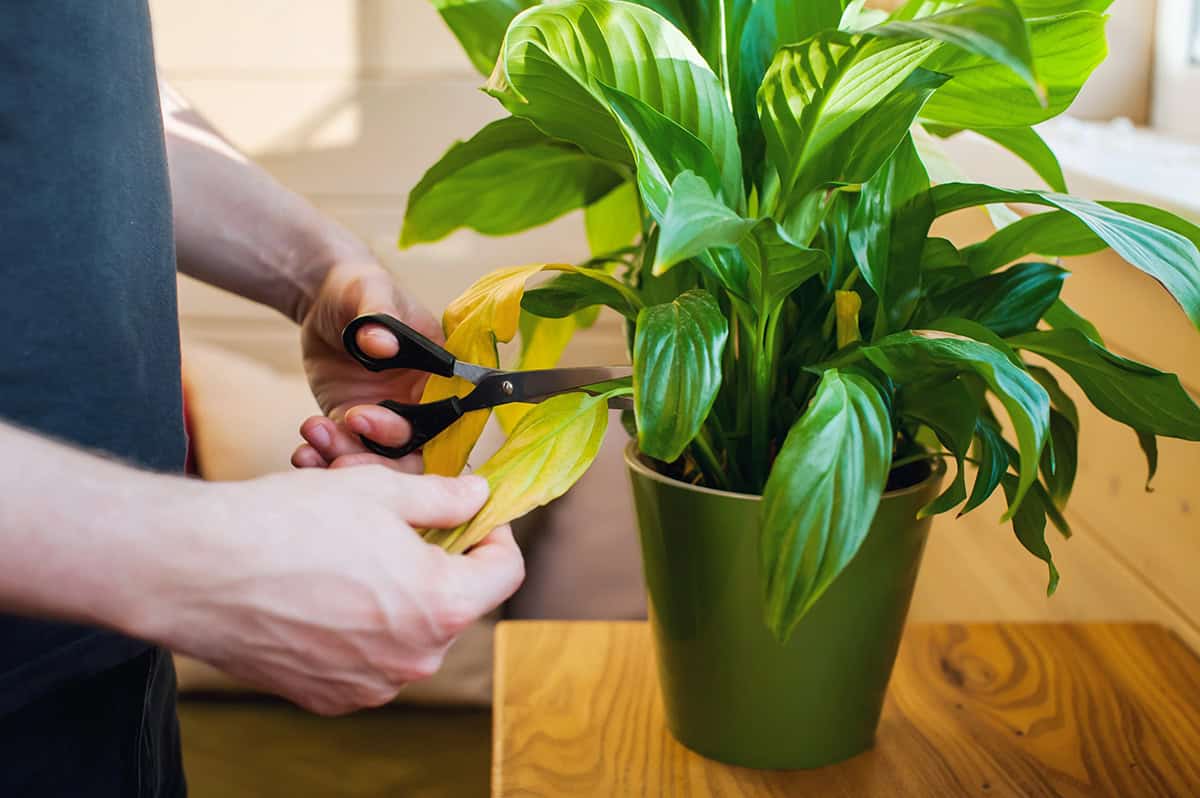
Start by examining your plant closely. Identify leaves and stems harboring mealybugs. Use sanitized pruning shears to remove these parts. This prevents the pests from migrating to healthier areas of the plant. Always follow up with a thorough inspection. Cut away visibly infected sections and dispose of them properly. Place the discarded plant material in a sealed bag and dispose of it outside. This minimizes the risk of the bugs returning. Pruning helps control populations, especially during early infestations. Be cautious not to damage healthy parts of the plant during this process. Checking your plant regularly ensures it remains mealybug-free.
Use a Soft Brush to Dislodge Bugs
A soft brush can be your ally in removing mealybugs. Gently brush the insects off the plant’s surface. Target areas where bugs cluster the most. Brushes with soft bristles work best on plants with sensitive leaves. Dip the brush in soapy water or alcohol before brushing for added effectiveness. This weakens the bugs’ hold, helping to dislodge them more easily. Regular brushing helps reduce the population significantly. Keep a keen eye on the plant for any new infestations. Follow this practice consistently for best results. Repeated application may be required, so stay patient and persistent.
Isolate the Affected Plant
Isolation prevents the spread of mealybugs to other plants. Move the infected plant away from others as soon as you notice an infestation. Keep it in a different room if possible. This practice is crucial, especially when dealing with multiple houseplants. During isolation, it’s easier to monitor and treat the infected plant. Continue regular inspection and treatment until no signs of bugs remain. Once fully recovered, you can reintegrate the plant back with the others. Maintaining a clean environment around the plant helps ensure its health. Implementing this step quickly can save your other plants from potential harm.
Store-Bought Solutions for Mealy Bugs
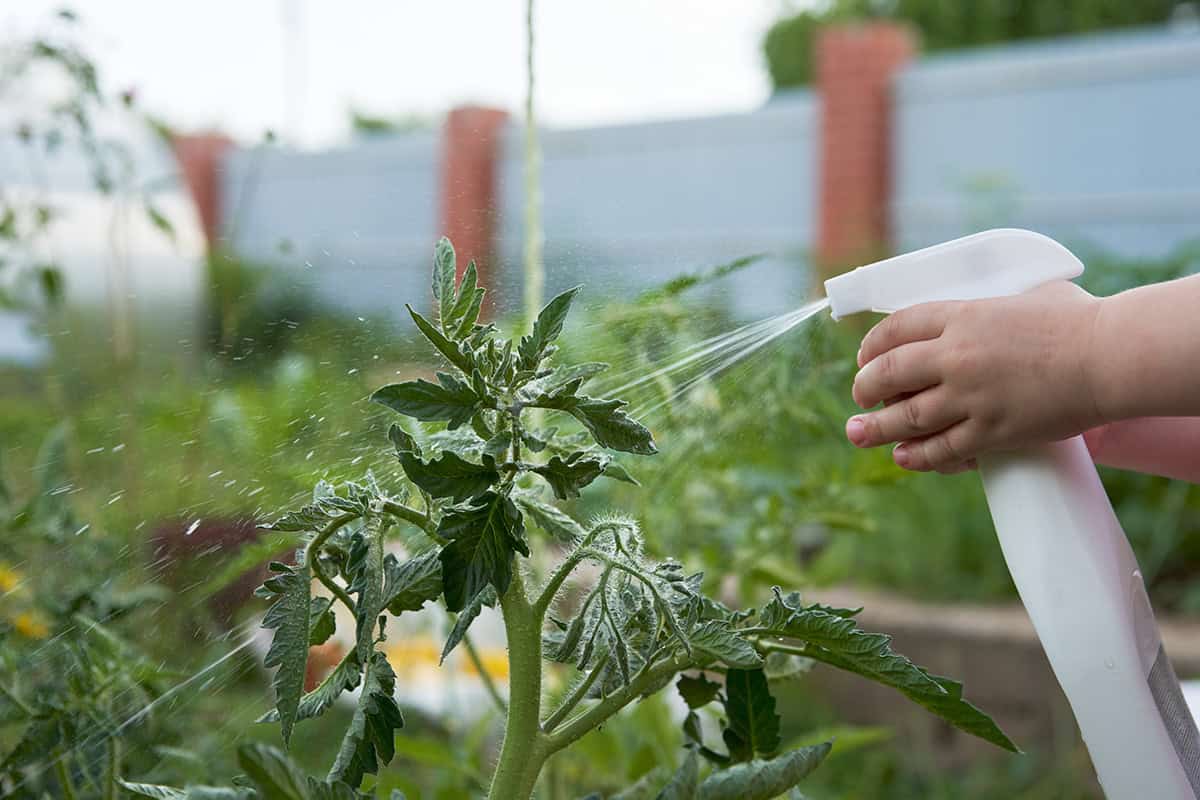
To effectively manage mealy bugs on houseplants, commercial products can be both practical and efficient. Options range from insecticidal soaps to specialized sprays and systemic insecticides. These solutions address infestations while minimizing harm to plants, ensuring you maintain healthy houseplants.
Insecticidal Soap
Insecticidal soap targets soft-bodied insects like mealy bugs. It is composed of potassium fatty acids and is usually ready-to-use. This solution works by disrupting the insect’s cell membranes, leading to dehydration.
The application is straightforward. Spray the affected plants, covering all areas the bugs inhabit, including the underside of leaves. Insecticidal soap is safe for most houseplants. Avoid homemade soaps. They can damage plants. Always follow label instructions for best results. Extra precaution: test on a small leaf area first.
Mealy Bug Killer Sprays
Specialized sprays target mealy bugs with ingredients like pyrethrins or neem oil. These ingredients incapacitate or kill the insects. Commercial bug sprays are available in easy-to-use formulations.
When using these sprays, thoroughly coat the plant. They work best when applied once or twice a week. Avoid spraying in extreme temperatures. Direct sunlight after application can harm plants. Check product labels for specific guidance on frequency and safety precautions. Reapply following rain or watering.
Systemic Houseplant Insecticides
Systemic insecticides offer a different approach. They are absorbed through the roots and move throughout the plant, providing protection from mealy bugs. These insecticides come in granular or liquid form.
Granules can be mixed into the soil. Liquid forms can be watered in. The plant absorbs the active ingredient, offering long-lasting protection. Systemic insecticides are less labor-intensive compared to topical applications. They can shield the plant for weeks or months after application. Always adhere to the manufacturer’s directions for safe usage.
How to Prevent Mealy Bug Infestations
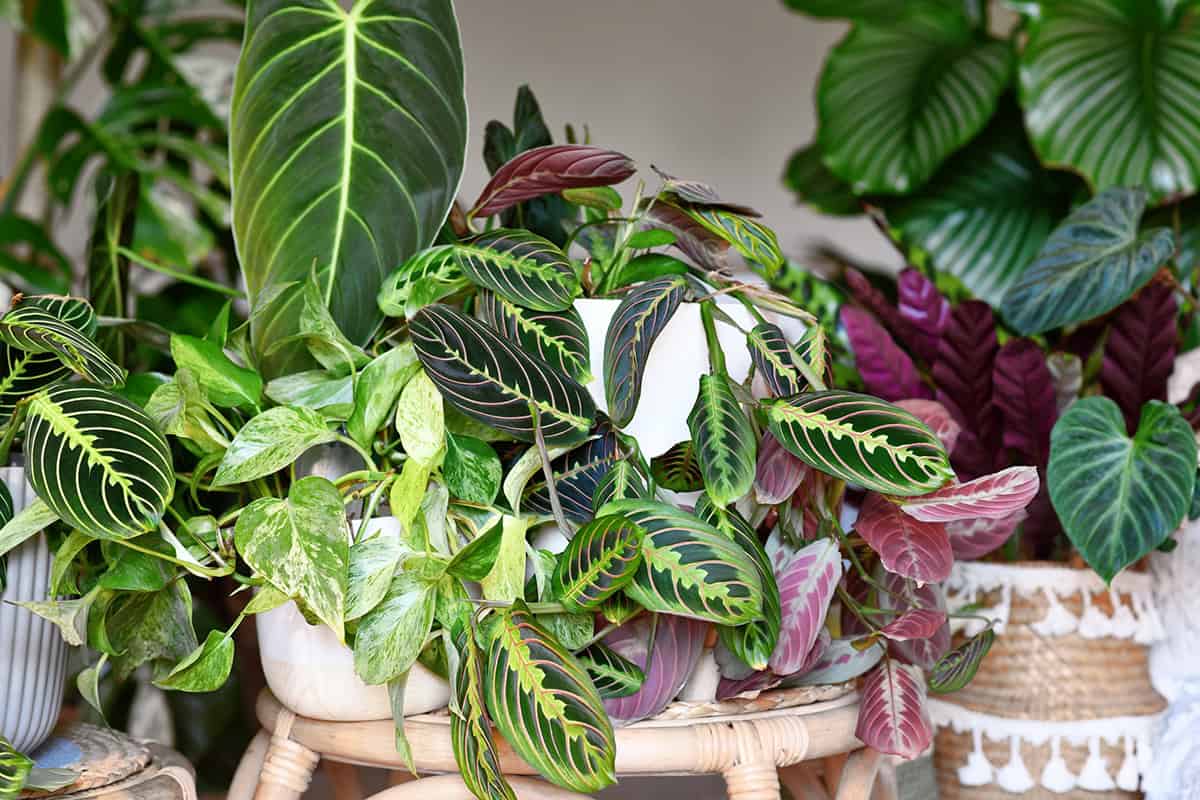
Preventing mealybug infestations involves careful monitoring and maintenance of your houseplants. Taking proactive measures such as isolating new plants and avoiding excess moisture and nutrients can protect your indoor garden.
Quarantine New Plants Before Introducing Indoors
Isolating new plants is crucial in preventing mealybug infestations. Keep newly acquired plants separate from your existing collection for two weeks. This allows time to inspect for signs of pests and diseases. Examine the leaves, stem, and soil for any mealybug sightings. Quarantine provides an opportunity to apply treatments to any affected plants before they join your main group. This process helps stop infestations at their source.
Avoid Overwatering and Overfertilizing
Mealybugs thrive in overly moist and nutrient-rich environments. To deter them, water your plants only when necessary. Use pots with drainage holes to prevent water accumulation. Be cautious about fertilizing. Excessive nutrients promote soft new growth, attracting mealybugs. Stick to a balanced fertilization schedule. Monitor soil moisture levels with your finger. Ensuring proper watering and fertilizing practices creates a less hospitable environment for pests.
Clean Pots and Trays Regularly
Maintaining cleanliness is vital in preventing mealybug infestations. Dirt and residue on pots and trays can attract pests and harbor eggs. Clean pots and containers with a mild soapy solution. Rinse thoroughly to remove soap residues. Regular cleaning helps break the lifecycle of pests and keeps your plants healthy. Keeping your plant containers clean minimizes the risks of infestations.
Check Under Leaves and in Leaf Joints Weekly
Vigilance is key to early pest detection. Mealybugs often hide under leaves and in leaf joints. Inspect these areas weekly for any signs of infestation. Use a magnifying glass for a closer look if needed. Early detection allows you to address the problem before it spreads. Weekly checks enable prompt action, significantly reducing the likelihood of severe infestations and keeping your plants thriving.
